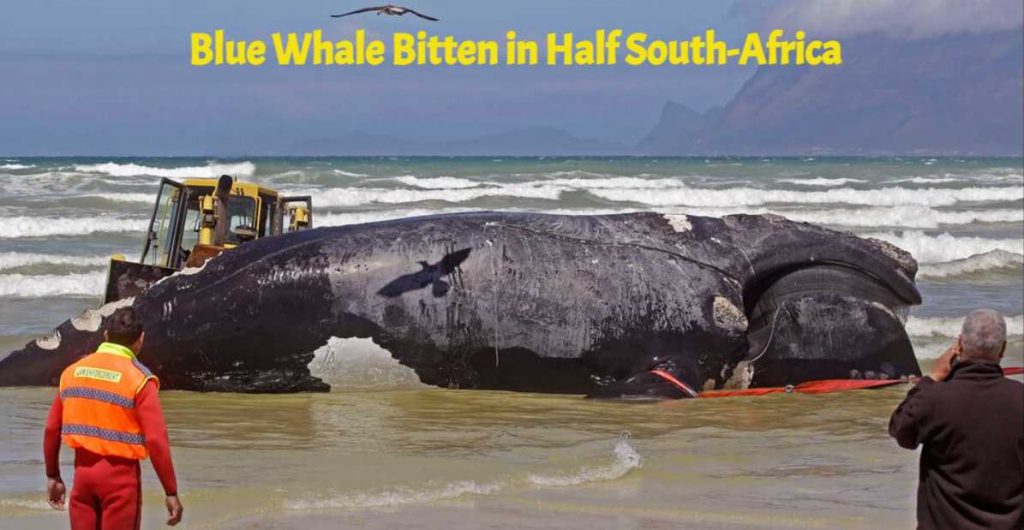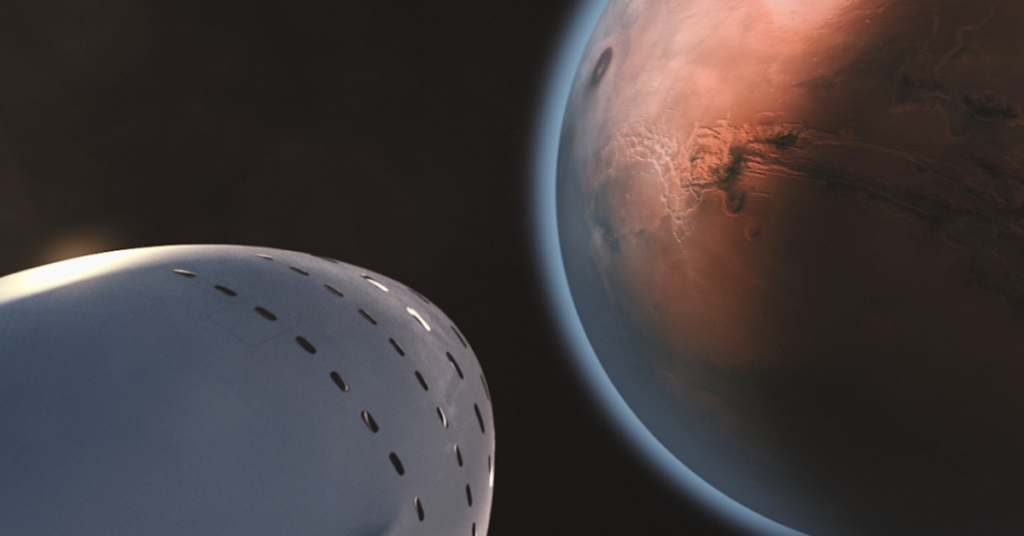Last updated on March 28th, 2024 at 04:14 am
New Delhi— India sent its first spacecraft to study the sun on a Saturday, and this happened less than two weeks after they successfully landed another spacecraft on the moon’s south pole without any astronauts on board.
India launched the Aditya-L1 spacecraft from Sriharikota space center in southern India. It was sent to study the sun from about 1.5 million kilometers (930,000 miles) from Earth, known as L-1.
The Aditya-L1 spacecraft is equipped with seven payloads. This spacecraft will study the sun’s corona, photosphere, chromosphere, and solar wind. According to the Indian Space Research Organization, the launch was accomplished successfully. They also tweeted, “The vehicle has placed the satellite precisely into its intended orbit India’s first solar observatory has begun its journey to the destination of Sun-Earth L1 point.”
The satellite will take almost 125 days to reach the L1 point. India is proud to be the first to safely land spacecraft near the moon’s south pole on August 23. Jitendra Singh, India’s junior minister for science and technology, appreciated the ISRO officials’ work. He said, “Congratulations India. Congratulations ISRO.”
“It’s a sunshine moment for India,” he added.
This moon landing and the sun study would drastically transform the reputation of ISRO in the world. The Aditya-L1 will give an uninterrupted view of the sun. ISRO said, “This will provide a greater advantage of observing solar activities and their effect on space weather in real-time.”
The satellite will help predict dangerous solar activity that could disrupt our Earth’s power grids. Protecting the satellites we rely on for various services and the people living in space stations is crucial.
The satellite has seven instruments that will observe the sun in different ways, like looking at it in visible light, ultraviolet, and X-ray. It’s similar to getting various detailed views of the sun, like going from a simple black-and-white image to a colorful high-definition 4K image. This helps us monitor and understand everything happening in the sun.







